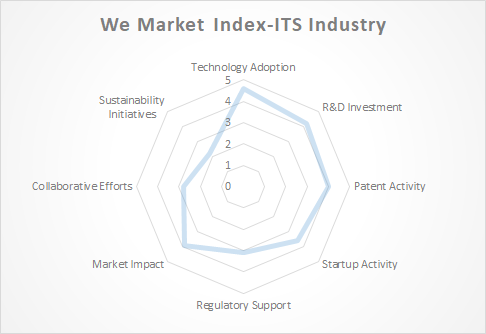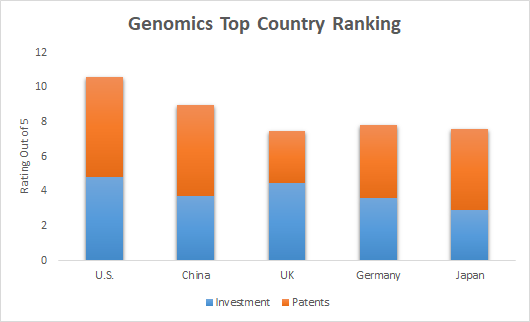Unlocking Growth: Construction Equipment Market Insights
In the realm of infrastructure and development, construction equipment stands as the backbone of progress. From towering skyscrapers to intricate road networks, these machines play a pivotal role in shaping our urban landscapes and beyond. In this blog, we delve into the dynamic world of construction equipment, exploring its significance, current trends, and future prospects.
The Significance of Construction Equipment
Construction equipment encompasses a diverse array of heavy machinery and tools designed to facilitate construction activities. These include excavators, bulldozers, cranes, loaders, and more specialized equipment like concrete mixers and pavers. Each serves a distinct purpose, contributing to efficiency, safety, and precision on construction sites worldwide.
Current Landscape: Understanding the Construction Equipment Market
The global construction equipment market is robust and multifaceted, driven by increasing urbanization, infrastructure projects, and technological advancements. As of 2024, it is valued at USD 188.42 Billion, with projections indicating steady growth in the coming years.
Key Trends Shaping the Construction Equipment Industry
Technological Integration: The integration of advanced technologies such as telematics, IoT sensors, and automation is revolutionizing construction equipment. These innovations enhance equipment performance, optimize maintenance schedules, and improve overall operational efficiency.
Sustainability Initiatives: Environmental concerns are reshaping the industry, prompting manufacturers to develop eco-friendly equipment. Electric and hybrid models are gaining traction, offering reduced emissions and lower operational costs.
Rise of Rental Services: In response to fluctuating demand and cost considerations, equipment rental services are becoming increasingly popular. This trend allows construction firms to access specialized machinery without the burden of ownership, fostering flexibility and cost-effectiveness.
Focus on Safety: Safety remains paramount in the construction sector. Equipment manufacturing is implementing advanced safety features such as proximity sensors, backup cameras, and automatic braking systems to mitigate risks and enhance worker safety.
Future Outlook: Growth Opportunities
Looking ahead, the construction equipment market is poised for significant expansion. Key growth drivers include:
Infrastructure Development: Increasing investments in infrastructure projects, particularly in emerging economies, will fuel demand for construction equipment.
Urbanization: Rapid urbanization across the globe necessitates efficient construction methods and reliable equipment to support burgeoning cities.
Innovation: Continued innovation in equipment design and functionality will cater to evolving industry requirements, driving market growth and competitiveness.
Navigating Challenges
Despite the promising outlook, the construction equipment sector faces several challenges. These include:
Economic Uncertainty: Fluctuations in global economic conditions can impact construction activity and equipment demand.
Regulatory Compliance: Stringent regulations regarding emissions, safety standards, and import/export policies pose challenges for manufacturers and stakeholders.
Skills Shortages: The industry faces a shortage of skilled operators and technicians proficient in handling modern equipment, necessitating investment in training and workforce development.
Conclusion
The construction equipment market is a dynamic and indispensable component of global infrastructure development. With technological advancements, sustainability initiatives, and growing urbanization driving demand, the future looks promising for manufacturers, suppliers, and construction firms alike. By staying abreast of industry trends and embracing innovation, stakeholders can navigate challenges and capitalize on emerging opportunities in this ever-evolving landscape.




